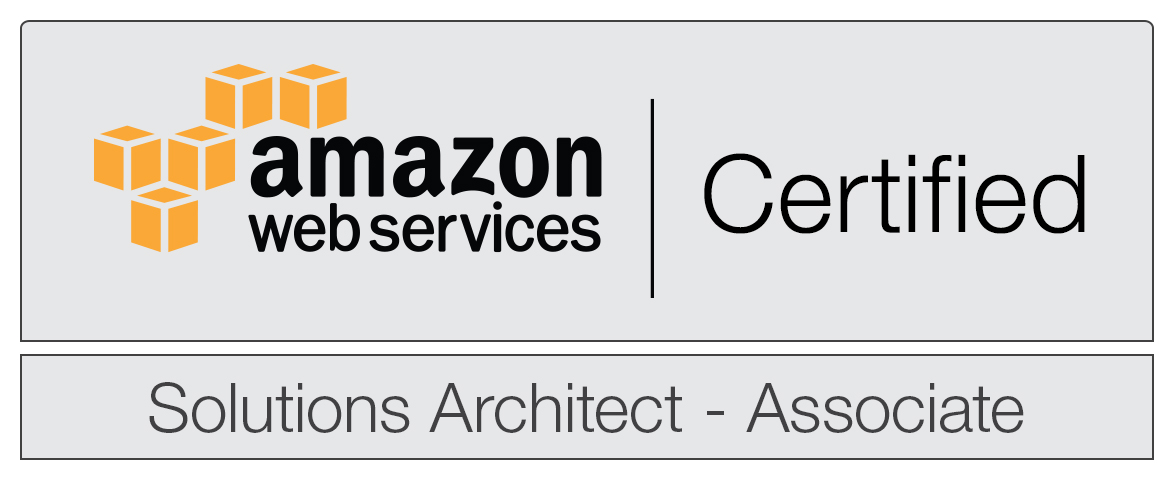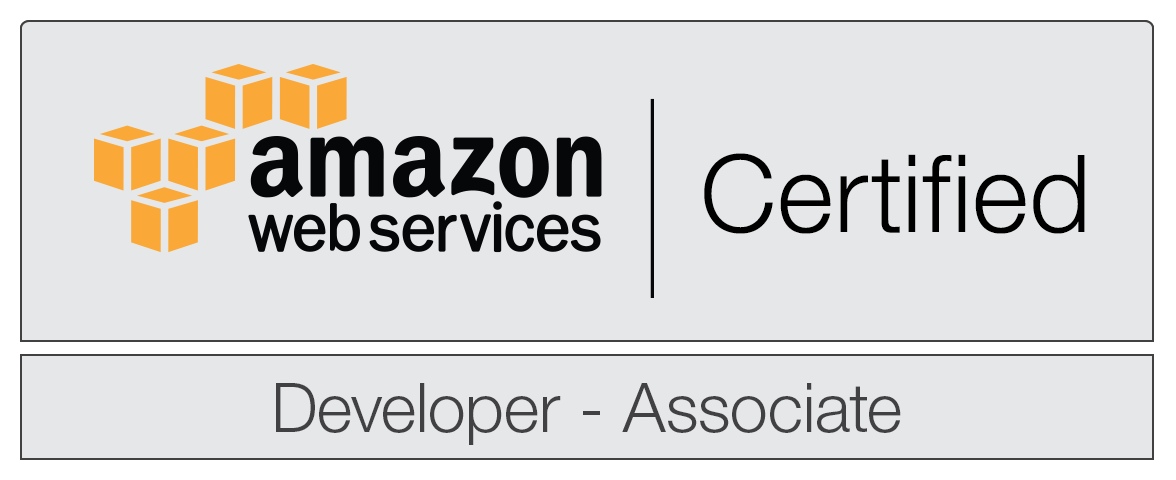Study Notes - CloudFormation Template Anatomy
本文整理 CloudFormation 整理官方文件學習筆記,主要是 Template Anatomy (結構) 的部分。
名詞說明
以下是文件中常見的名詞,或者縮寫。
CFN: CloudFormation 的縮寫Templates: 用jsonoryaml描述資源的文件,也是 CFN 最重要的部分Stacks: 透過 Templates 的描述檔,產生的實體 (physical) 資源 (resources) 集合稱為Stacks,這些資源可以是 EC2 Instances, RDS, EIP, VPC, Security Groups …. 等,幾乎支援 AWS 所有的資源。
ChangeSets: 針對已經建立的 Stacks 做異動,你可以讓 CFN 先產生一個ChangeSets,他會把整個異動的結果顯示給你參考,告訴你可能產生的影響以及變動。
Resource Type: 定義 AWS 資源的類型,用AWS::aws-product-name::data-type-name表示資源,像是 EC2 Instance 是AWS::EC2::InstanceResource Properties: 描述每個 Resource Type 的屬性。
Working with Templates
CloudFormation Template 是用來描述資源的文件,支援 json、yaml 兩種資料格式。我個人比較推薦 yaml,因為可讀性比 json 好很多,另外很重要的是:yaml 可以註解,json 不行。
我覺得 Template 可以算 Infra as Code 的 DSL (Domain-specific language),雖然他不是完整的 Programming Language,但已經具備 variables, functions / libraries, lambdas (Conditions) 等概念,甚至是 data type (custom resources)。
Templates 的設計有很多方式,以下是三種主要的方法:
- 透過 AWS Console 上的視覺化工具:
CloudFormation Designer設計。 - 使用官方提供的範例:Template Snippets 、 Sample Templates
- 利用 AWS CloudFormer,產生目前的 Infra 的 Template。他也是用 CFN 動態生出一台 EC2,上面跑了 RoR 的應用程式,過程當中需要給這個 Stack 一定的權限,他會讀取所有資源的資訊,一系列的問答之後,最後產生一個 Template 檔案。
Template Anatomy
一份 Template 結構 會有以下 Sections,其中只有 Resources 是必要的,其他都是 Optional:
1 | --- |
Templates 的結構有很多東西,整理三個最重要的:Parameters、Resources、Outputs
Parameters Section
Parameters 是定義 Template 可以輸入哪一些參數,有點像程式的 Function 參數的宣告。
基本的 Syntax 如下:
1 | Parameters: |
ParameterLogicalID 表示參數名稱,有點像是變數名稱。
要注意的是,文件並沒有提到可以用哪一些字元,但實際上只能使用
[A-Z],不能有-(dash) or_(underline)。
Type 可以指定資料型態,基本的有 String, Number, List<Number>, CommaDelimitedList。CommaDelimitedList 通常會用來指定環境,像是 "test,dev,prod" 這樣的內容。
Type 也可以指定 AWS 的資源型別 (AWS-specific parameter types),像是 特定的 EC2 instance id、Security Group Id … 也可以用 List 方式,讓使用者選擇。整理如下:
1 | AWS::EC2::AvailabilityZone::Name |
ParameterProperty 有很多個選項,都是作為輸入條件篩選、限制、預設、說明、安全性隱藏 (像是密碼) … 等,條例如下:
- AllowedPattern
- AllowedValues
- ConstraintDescription
- Default
- Description
- MaxLength
- MaxValue
- MinLength
- MinValue
- NoEcho
Group and Sort Parameters in the AWS CloudFormation Console
Parameters 的清單預設使用 alphabetically 排序,如果想在 Console 做排序或者 Group,則可以透過 AWS::CloudFormation::Interface 調整。
AWS CLI and API Support
參數可以透過 --parameters 傳遞,如下:
1 | aws cloudformation create-stack \ |
Resources Section
Resources 是 CFN 最主要的 Section,每個 Resource 由幾個 Fields 組成:
- Logical ID: 使用者自訂名稱,只能使用
A-Za-z0-9,Template 使用此 ID 做為參考 - Resource type: 主要參考 AWS Resource Types
- Resource properties: 主要用來描述每個資源額外的屬性。每個 Resource Type 會有不同的 properties
1 | Resources: |
Outputs Section
Outputs 定義了哪一些產出的資源 (Resources):
- 可以在 AWS CloudFormation Console 顯示
- 可以給其他的 Stack 使用
Outputs 主要由以下 Fields 組成:
- Logical ID: 顯示的 ID, 必須是
a-z, A-Z, 0-9 - Description (optional)
- Value (required): 通常是回傳
Physical ID,像是 EC2 Instance ID 可以用{LogicalId}.InstanceID取得 - Export (optional): 給 cross stack 使用的 ID
格式如下:
1 | Outputs: |
結論
簡單整理剛開始學習 CloudFormation 時要接觸的基本資訊,其中最重要的,也就是 DevOps Engineer 主要的任務:Template 的開發。開發 Template 之前要認識他的基本概念、名詞與結構。了解大結構之後,下一篇介紹的是重要的特性:Resource Types and Attributes
延伸閱讀
系列文章
- Study Notes - CloudFormation
- Study Notes - CloudFormation Template Anatomy
- Study Notes - CloudFormation Resource Types and Attributes
- Study Notes - CloudFormation Stack
- Study Notes - CloudFormation Debugging
相關文章
參考資料
- CloudFormation User Guide
- Template Anatomy
- AWS CLI Command Reference - CloudFormation
- Jayendra’s Blog - AWS CloudFormation
更新紀錄
- 2017/03/31: 初版
- 2018/12/22: 調整排版



